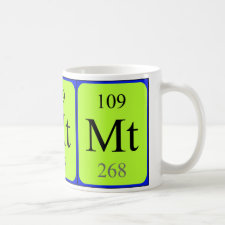
Authors: Buszewski B, Szultka M
Article Title: Past, Present, and Future of Solid Phase Extraction: A Review.
Publication date: 2012
Journal: Critical Reviews in Analytical Chemistry
Volume: 42
Issue: (3)
Page numbers: 198-213.
DOI: 10.1080/07373937.2011.645413
Abstract: Sample preparation of target compounds from biological, pharmaceutical, environmental, and food matrices is one of the most time-consuming steps in analytical procedures. Extraction techniques are dominant, especially those based on the processes running on the phase such as liquid-liquid and/or liquid-solid. Due to the reproducibility of data, precision, relatively low cost of the appropriate analysis, simplicity of the determination, and the possibility of direct combination of those techniques with other methods (both on-line and off-line), they have become the most widespread in routine determinations. Additionally, sample pretreatment procedures have to be more selective, cheap, quick, and environmentally friendly. Selectivity is obtained by using procedures based on immunoaffinity or molecular imprinting. Reduction of costs can be obtained by automation of the extraction procedures (automated SPE) or techniques like column-switching. Reducing at least the time for sample preparation is achieved by introducing miniaturization techniques (multi-well SPE). This review summarizes the current achievements and application of solid phase extraction (SPE). The main aim is to deal with the utilization of different types of sorbents for solid-phase extraction and emphasize the use of new synthesized sorbents as well as to bring together studies on a systematic approach to SPE method development
Template and target information: Review - solid phase extraction (SPE)
Author keywords: Solid-phase extraction, Sample preparation techniques, solid-phase extraction sorbents, solid-phase extraction applications and developments, new trends



Join the Society for Molecular Imprinting

New items RSS feed
Sign-up for e-mail updates:
Choose between receiving an occasional newsletter or more frequent e-mail alerts.
Click here to go to the sign-up page.
Is your name elemental or peptidic? Enter your name and find out by clicking either of the buttons below!
Other products you may like:
 MIPdatabase
MIPdatabase









